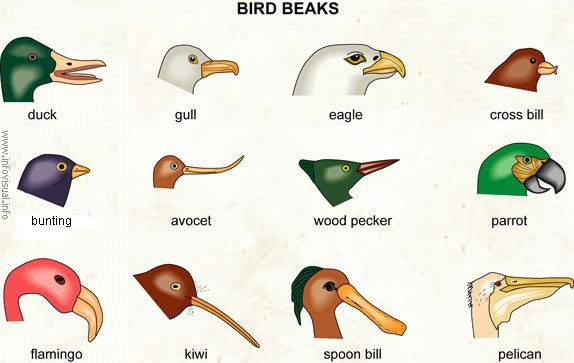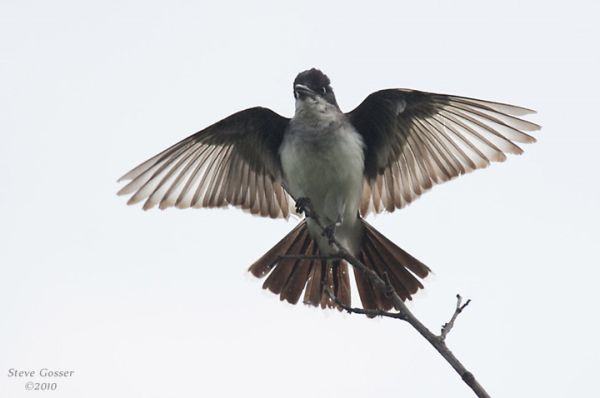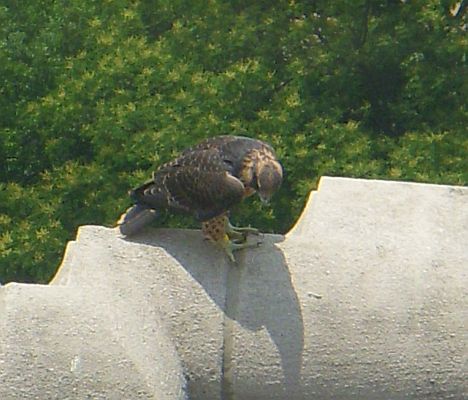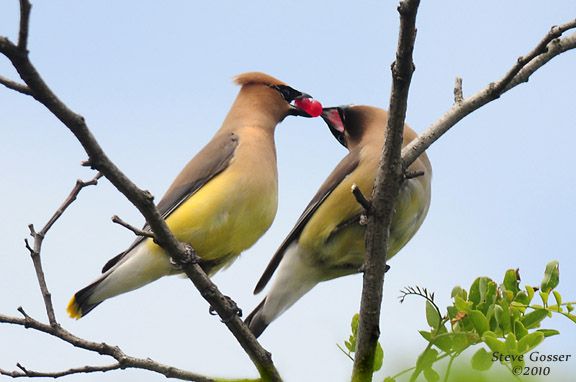
(Indulge me for a moment. Any opinions expressed here are my own and do not necessarily reflect the views and opinions of WQED.)
Yesterday I wrote about orange water. If you live in Pennsylvania you’ve seen creeks like this one. If you haven’t, keep in mind this photo is not retouched. The water is indeed bright orange.
Welcome to Blacklick Creek, the Stonycreek River, the upper reaches of Slippery Rock Creek and tributaries of the Conemaugh, the Casselman, the Youghiogheny and the Monongahela.
The list goes on and on. Our water is damaged across the state. It’s the legacy of coal.
During the coal rush Pennsylvania didn’t have strict mining laws and enforcement. There were no rules about tailings and water and the coal companies never had to put up any money or pay a severance tax to clean up future problems. They made a lot of money and coal was cheap because the long term cost was passed on to us. A hundred years later we have water we can’t drink and creeks with no fish and none of the wildlife and birds that depend on them.
Pennsylvania has learned from this history, right?
Maybe. Maybe not.
Our state is now in the midst of the Marcellus Shale gas rush that’s been going on a couple of years. Before we knew this might hurt something, and before our laws could catch up, our water told the tale.
Marcellus Shale drilling is extremely water intensive, consuming 40 to 50 million gallons of water per well pad. (Each well pad has 8 to 10 wells.) The water is pumped from our creeks, rivers and lakes, lowering the water levels. For example, a million gallons a day can be pulled from Cross Creek and Cross Creek Lake.
70% of the water is lost underground during high pressure hydraulic fracturing that mixes water, sand and over 200,000 gallons of toxic chemicals per well pad. The rest returns to the surface extremely polluted, salty and more or less radioactive.
What happens then? For those with water wells the drilling is a roll of the dice. Many wells are OK but some become so dangerous you can’t even bathe in the water, let alone drink it. People don’t find out until they get sick.
The rest of us are not exempt. Right now there are no facilities that can remove the salts and radioactivity but municipal water treatment plants are allowed to accept the flowback water up to 1% of their output. They dilute the flowback and we drink the results.
Tomorrow night on WQED you can learn more about Marcellus drilling’s effects on water when we rebroadcast “What’s in the Water? — An OnQ Special Series: Marcellus Shale Drilling,” hosted by Chris Moore. Tune in on Wed, August 4 at 7:30pm or watch the segment online here.
Learn even more from the movie Gasland at a screening on Thursday, August 5 at 6:00pm, at Artists Image Resource (AIR), 518 Foreland Street, Pittsburgh, PA 15212. Gasland is not on DVD yet but you can see the trailer online here and watch an interview with the movie maker, Josh Fox, on PBS Now.
It breaks my heart to see bad water. My heart breaks even more when good water turns bad.
Thanks for listening.
(photo by Caitlin Mirra via Shutterstock)
p.s. There will be another screening of Gasland, Aug 27 at Frick Park. For information see: http://www.marcellusprotest.org/aug27gasland









